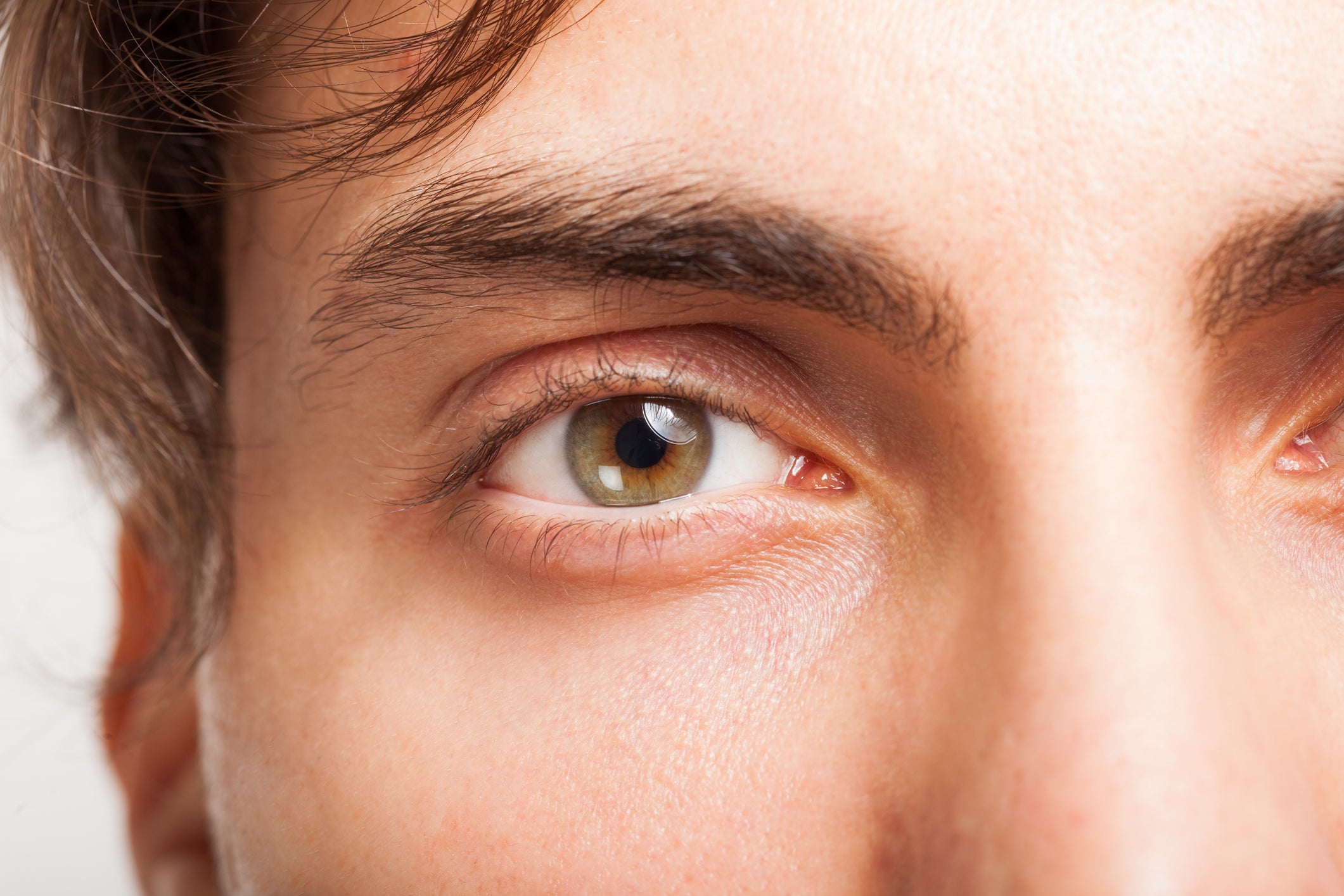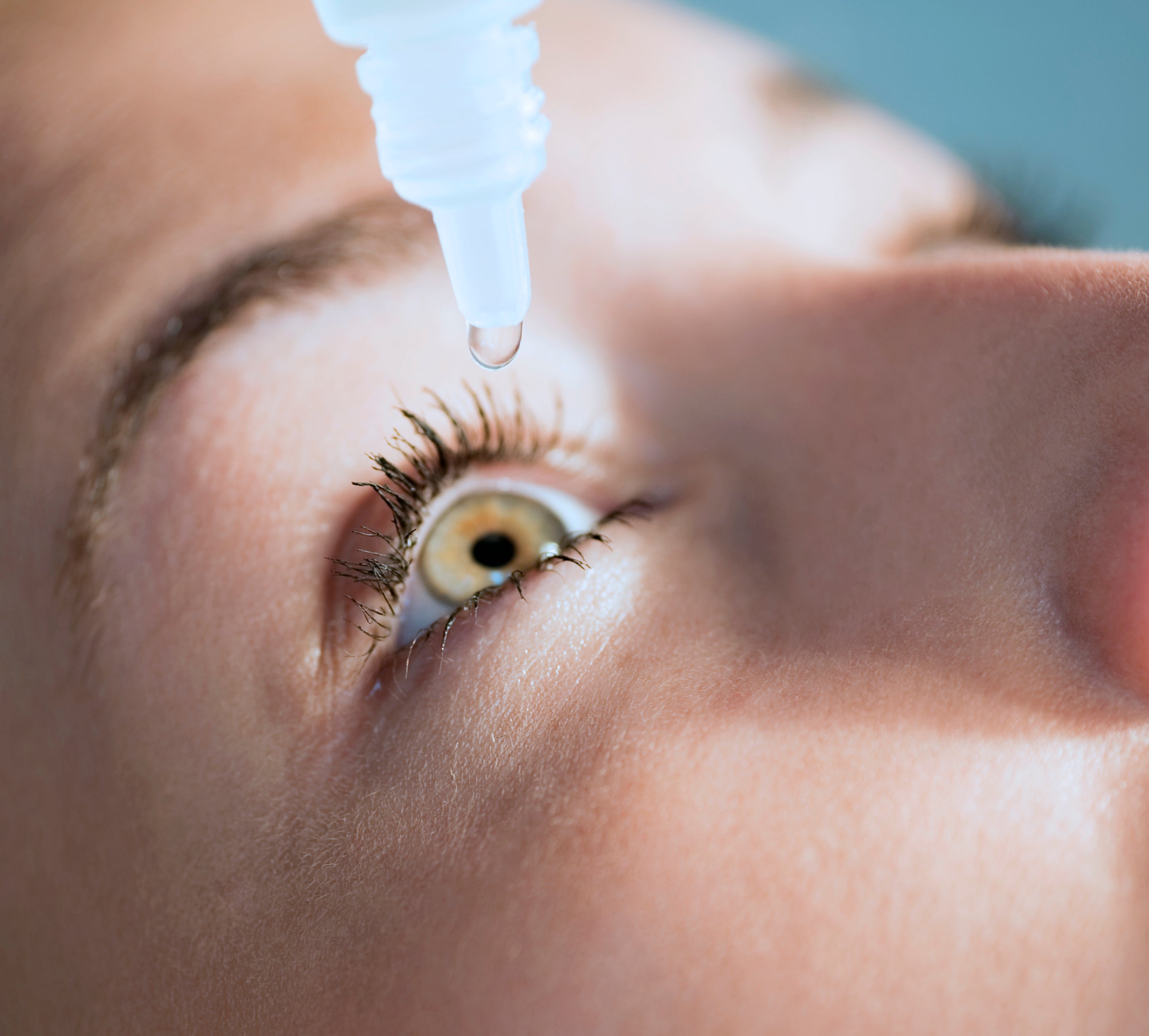Why Men Are Shaving Their Eyelashes for a More 'Masculine' Look: A Bad Idea
Social media platforms are brimming with bizarre and questionable trends The most recent trend entails men removing or cutting their eyelashes to seem more "macho".
This is once again a case where allowing the body to manage itself might be the most beneficial approach. Eyelashes serve more than just an ornamental purpose; they have a crucial function in safeguarding us. eyes . Cutting them might increase your chances of getting an infection.
Eyelashes fall under the category of terminal hair, which indicates they appear from birth. Each individual has approximately 90 to 160 lashes on their upper lid and about 75 to 80 on their lower lash line. Additionally, these hairs develop rather swiftly, with a growth rate of roughly 0.12-0.14 millimeters per day.
Although many concentrate on the appearance of eyelashes – with numerous products available promising alterations in colour, length, and volume – eyelashes serve crucial functions as well. They prevent debris from entering the eyes and help divert airflow away from the cornea.
This aids in stopping the external layer from becoming dry, which stops irritation and reduces the need for frequent blinking to maintain moisture in our eyes. The optimal length for an eyelash is approximately one-third the width of the eye.
Reducing your eyelashes will heighten the chance of infection. There’s also a chance of contracting an infection when trimming eyelashes. As eyelashes collect debris, a fallen trimmed lash might reintroduce bacteria into your eye, potentially causing an infection.
Instances of this occurrence have been reported even with lashes falling out naturally, resulting in infections and lodging within ocular chambers. Escaped eyelashes along with their debris can lead to conditions ranging from conjunctivitis (commonly referred to as "pink eye") all the way to blepharitis (swelling of the eyelids).

Beneath the eyelashes lie the meibomian glands. They generate an oil-based secretion abundant in fats known as meibum. This substance stops tears from drying out too rapidly, ensuring the ocular surface remains lubricated. Additionally, these secretions flow over the lashes, maintaining their health and aiding in trapping tiny debris to prevent entry into the eyes.
Trimming your eyelashes can decrease their effectiveness in preventing debris from entering the eyes and may interfere with the proper functioning of the meibomian glands, since there will be fewer lashes for the meibum to adhere to and trap particles. Such interference raises the likelihood of infections like Keratitis (swelling of the cornea) .
Other frequent eyelid infections include styes or chalazia.
A stye develops due to an infection at the root of the eyelash follicles. This manifests as a painful, inflamed, reddish bump which might secrete pus with a yellow tinge and lead to crusting around the eye area. Typically, this condition arises from Staphylococcus aureus, a bacterium commonly found on human skin and within nasal passages.
A chalazion occurs when the meibomian gland gets blocked; these swellings typically do not cause pain and are not sensitive to touch. They generally appear on the upper eyelid.
Interfering with the length of your eyelashes heightens the chance of debris entering the eye, which can lead to infections or blockage of the glands.
The length of our eyelashes is crucial for protecting the eyeball during necessary closures. When these delicate hairs sense contact through their highly sensitive nerve fibers, they trigger a protective blink reflex. By shortening your eyelashes, you decrease the efficiency of this reflex arc, which involves detecting foreign objects, sending signals to the brain, and finally instructing the lid muscles to shut quickly. Consequently, trimming your eyelashes might increase the likelihood of debris like insects or dust entering your eye.
Is trimming eyelashes something you should consider doing?
Certain conditions can lead to irregular growth of eyelashes. In some instances, these might have to be taken out or cut back to avoid infections.
For example, certain individuals may possess unusually lengthy eyelashes — a condition known as trichomegaly. This occurs when the lashes exceed 12 millimeters in length or exhibit abnormal curliness, pigmentation, or thickness.
The impact of naturally long eyelashes on eye health remains unclear; however, using artificial extensions raises the likelihood of infections because of the chemical substances present in the adhesives.
Some medications can lead to excessive growth of eyelashes — for instance, the antiepileptic medication topiramate.
Some individuals may possess two rows of eyelashes – an attribute shared with certain celebrities. Elizabeth Taylor Was one. This issue is usually brought about by a uncommon condition known as distichiasis, affecting approximately one in every 10,000 individuals. In some cases, people may develop an additional third and fourth line of eyelashes.

Distichiasis leads to red, teary, or inflamed eyes, along with discomfort, photophobia, and potentially corneal scarring. Treatments range from removing the extra eyelashes to using cryotherapy (which freezes the lash follicles to stop regrowth) or employing laser therapy to permanently inhibit their regeneration.
Trichiasis causes the eyelashes to grow inwards towards the eye. Inward growing eyelashes can cause irritation of the eyeball and, if untreated, permanent damage. It can also cause blepharitis.
Here, one would have to resort to epilation for removing the eyelashes; however, these will regenerate within four to six weeks. For a longer-lasting remedy, laser removal can be used to stop the lashes from growing back.
Eyelashes serve a crucial role in safeguarding our eyes. It's advisable to let them function naturally without interference, and they ought to be removed solely when a medical issue causes abnormal growth or discomfort. In such cases, consulting with a healthcare professional is recommended to prevent potential self-inflicted damage.
Adam Taylor serves as a Professor of Anatomy at Lancaster University.
The article was initially published on The Conversation and is being republished here under a Creative Commons license. You can read it [here]. original article
Whether it’s from news to politics, travel to sports, culture to climate—the Independent offers a range of free newsletters tailored to your preferences. To get the stories you’re interested in delivered directly to your inbox along with additional content, simply click. here .

Posting Komentar untuk "Why Men Are Shaving Their Eyelashes for a More 'Masculine' Look: A Bad Idea"
Please Leave a wise comment, Thank you